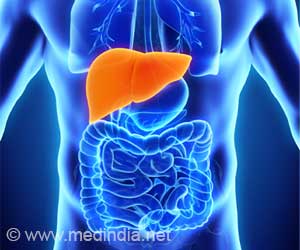Chemotherapy-induced pain is promoted by enhanced spinal adenosine kinase levels through astrocyte-dependent mechanisms, recent research finds. The development of chemotherapy-induced neuropathic pain (CINP) compromises the use of chemotherapy and greatly impacts thousands of lives.

- A way to block neuropathic pain caused by chemotherapy has been identified.
- This can be done by blocking the interactions between molecular-level components that lead to the pain.
- Blocking of these pain-causing interactions does not interfere with the properties of the anti-cancer drugs.
The excruciating pain that often accompanies a colorectal cancer drug has been turned off successfully in animal models, research at the Saint Louis University (SLU) claims. Pathways of the pain, the series of interactions between molecular-level components that lead to pain in the body has been studied by Daniela Salvemini, Ph.D., professor of pharmacology and physiology at SLU.
"Thanks to the increased efficacy of cancer treatment, there are nearly 14 million cancer survivors in the United States," Salvemini said. "Many of these survivors suffer from long-term side effects of CINP, for which there are no proven strategies for prevention or treatment.
"This is a huge unmet medical need."
Salvemini has studied the platinum-based chemotherapy drug oxaliplatin which is widely used to treat colorectal cancer where she observed that more than 60 percent of patients who received oxaliplatin develop CINP, and it can last for years after treatment.
The role of adenosine kinase in chemotherapy-induced pain
The pathway of the pain caused by the drug was driven by increased expression of an enzyme, adenosine kinase, in astrocytes (a type of central nervous system cell) and decreased adenosine signaling at a key receptor, A3AR.
The findings of this research provide new insight into the pathway of pain induced by chemotherapy drugs and provide new information about how drugs may be able to treat chemotherapy pain.
- Carrie Wahlman, Timothy M. Doyle et al. Chemotherapy-induced Pain is Promoted by Enhanced Spinal Adenosine Kinase Levels through Astrocyte-dependent Mechanisms, Ovid DOI: 10.1097/j.pain.0000000000001177
Source-Medindia











